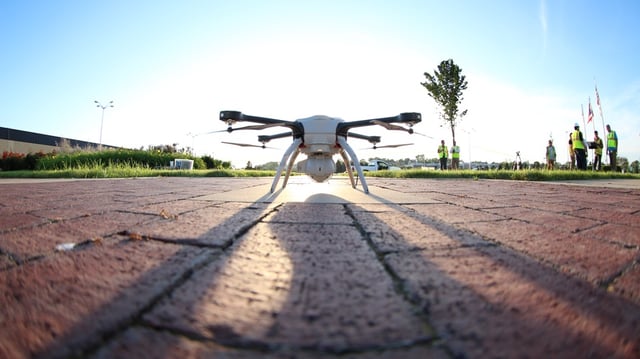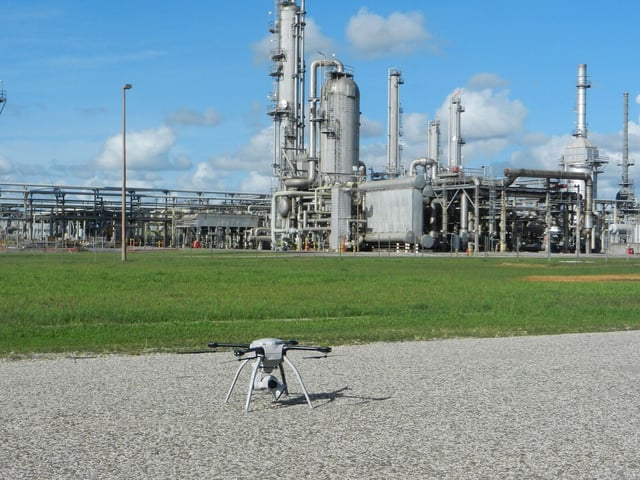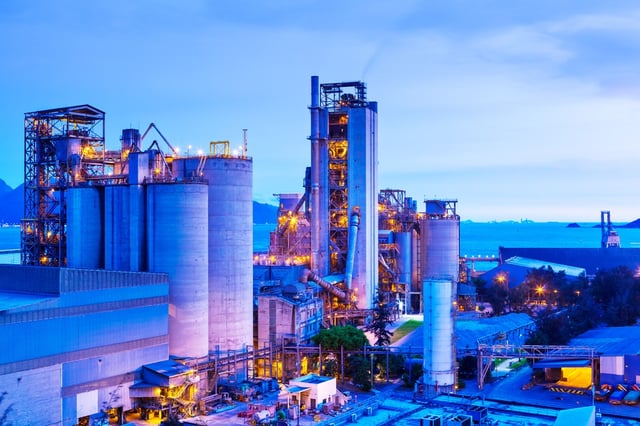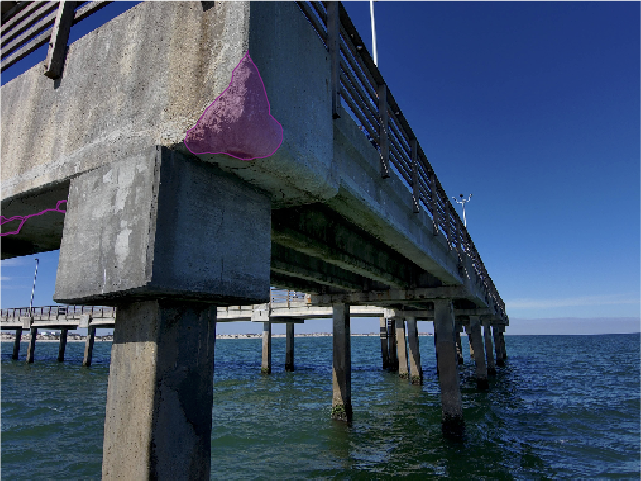Emerging technologies in robotics and automation have the potential to improve operations in the oil and gas industry by reducing costs, and increasing safety, efficiency and speed of the processes. Comprising of robotics, Artificial Intelligence, IoT, analytics, and other hardware and software tools, the technologies are already finding inroads in a variety of processes.
These advanced technologies enable the oil and gas companies to access and obtain the products from the challenging conventional and non-traditional sources. Already, the operations are very expensive and risky due to the hard-to-reach and hostile environments. Additionally, the traditional methods require a complex combination of expensive equipment, workforce, and structures.
Safety and cost factors in oil prices
Oil and gas industry is one of the most sensitive and dangerous industries. The infrastructure requires regular monitoring and maintenance to avoid accidents and fires as well as leakages that can lead to environmental problems. In addition, operational costs must be maintained within acceptable levels due to the influence of the oil prices on economies.
Most of the other industries directly or indirectly rely on the oil and gas products for energy and transportation. As such, minimizing the production costs has a way of benefiting the oil and gas companies as well as other sectors of the economy. However, this is sometimes a challenge using the old technologies.
A lot of work and caution goes into the exploration, refining, and distribution of oil and gas products.
Most of these activities have traditionally relied on manual, expensive and risky methods. In particular, carrying out most of the operations require expensive, bulky and slow technologies in addition to specialized skills and equipment. Some of these expose the workers to several safety hazards such as toxic gasses, falling, fires, accidents, and others.
The specialists must be highly trained, insured, and accommodated whenever they go out in the field. As such, the older methods increase the operational costs, hence reducing the company’s revenues. To remain competitive, the industry must look for ways to reduce their overall costs. Today, more and more oil and gas companies are embracing emerging technologies which are safe, efficient, faster and less expensive hence allowing them to minimize downtime and increase productivity.
Some of these include robotics, drones sensors, data collection hardware, modern testing methods, drone based nondestructive testing tools(NDT/NDE), cloud-based systems, software analytics tools, and more.

Robotics and unmanned autonomous vehicles in oil and gas industry
Robotics and other emerging technologies are finding their way into the oil, gas, and petrochemical industry where they provide a wide range of benefits. The unmanned vehicles, whether airborne, ground or underwater provides unimaginable capabilities and does what humans cannot or would require much more resources and time to complete. The use of this automated equipment reduces the human interaction and costs while improving the safety and operational efficiency.
These are increasingly providing services in inspections, transportation, prospecting, exploration, extraction and other related activities. Other emerging technologies enable autonomous drilling, remote access, automated sampling, analysis and other activities that reduce operational risks and costs.
The equipment range from autonomous underwater vehicles and remotely operated aerial drones to unmanned ground vehicles, remotely operated vehicles, robotic drills and more. The vehicles are ideal for almost all locations and applications, especially when the terrain is difficult, or the distances are great.
Intelligent and flexible tools such as robots and drones reduce the human intervention while improving safety and operational efficiency in the oil rigs, production facilities, and pipelines. The remotely operated vehicles (ROVs) give the engineers the ability to work from a central location where they can even advise workers spread across several sites. Other benefits include reducing the non-productive time in the oil rigs and other areas.
The hardware tools such as the robots, autonomous vehicles and drones use a wide variety of sensors to collect real-time data on the conditions in oil and gas infrastructure, field and wells. After this, the companies use analytical and artificial intelligence solutions to process the data. This gives them the ability to make better decisions much faster than humans what humans can do manually.
Most of the robots designed for the oil, gas, and petrochemical industry can withstand extreme weathers, temperatures and other harsh conditions usually present in the oil and gas industry. This makes it safe and cheaper to carry out on-site inspections in hazardous as well as remote or isolated environments.
In addition, the robots have the ability to do tough jobs such as lifting out oil rigs hence speed up operations. Also, the drones and small robots can inspect the pipelines and other infrastructure while beaming real-time images to a control room or field engineers.
The ROVs provides a wide variety of services in the oil and gas industry, including the inspections, pollution monitoring and more. But these may currently be having limitations such as limited depth range in offshore applications, due to the cables.
Drones in the oil and gas industry
Drones are increasingly playing a bigger role in a variety of industries. Their simple flight interfaces, flexibility, and ease of adding sensors and accessibility make them a must have for the oil and gas industry. The drones continue to have more capabilities due to ever-increasing sensors and better technology onboard.
The drones are now performing monitoring, surveillance, and inspections of a wide variety of onshore and offshore structures - enabling companies to detect signs of problems and avert disasters. For example, drones are great at storage tank and flare stack inspections.
Additionally, companies are equipping the drones with other capabilities such as Wi-Fi internet connections. These allows the drones to connect to the cloud and let more people access or share the data the drone is collecting, almost in real time.

Big data analytics and AI in the gas and oil industry
Digitizing oil and gas pipelines, refineries, infrastructure, field and exploration sites, brings all the related data on a single platform. It is here where analysts and AI can help organizations in decision making with accurate data.
The oil and gas companies collect huge amounts of exploration data using hundreds or thousands of sensors on offshore buoys, imaging equipment, and other technologies. The data is collected using a wide range of different sensors and micro sensors embedded into refineries, pipelines, rock formations and other oil and gas infrastructure.
These can detect and transmit a variety of field and infrastructure data such as movements, vibrations, leakages, corrosion, and others. In addition, the companies collect a lot of markets data as well as global oil trends to know the direction the industry is taking.
Interpreting and understanding the huge amounts of data can help an organization to better plan its activities. However, without the right analytical tools, the raw field, and market research data are of little use.
Using data analytics tools, the companies can detect patterns and draw useful insights that help them to quickly react to changes or potential defects or failures. In addition, the software tools, including artificial intelligence, can greatly help the oil and gas companies to make better drilling, operational and management decisions.
The analytics and AI provide the oil and gas companies with the opportunity to realize their full potential by transforming field and market data into actionable data. The companies can utilize the in-house and external expertise and platforms to analyze their data.
Conclusion
There is a need for oil and gas companies to invest in emerging technologies to reduce risks, increase productivity and reduce costs. Some of these include robotics, IoT, drones, data analytics, artificial intelligence and other hardware and software tools.
The digital technologies such as big data analytics, AI, and cloud-enabled mobility allow companies to make faster and better decisions, reduce costs and increase productivity and revenue.
Tags
Oil and Gas






.png)
